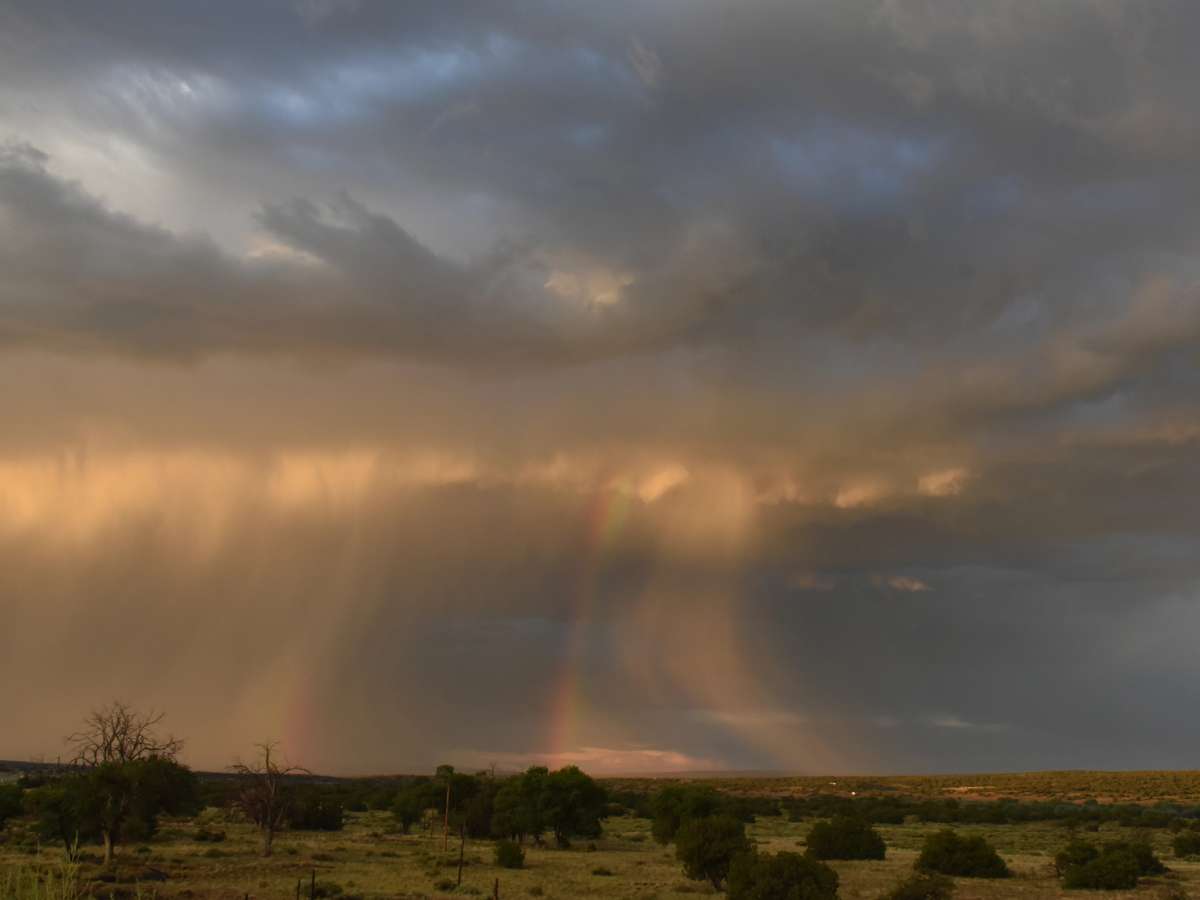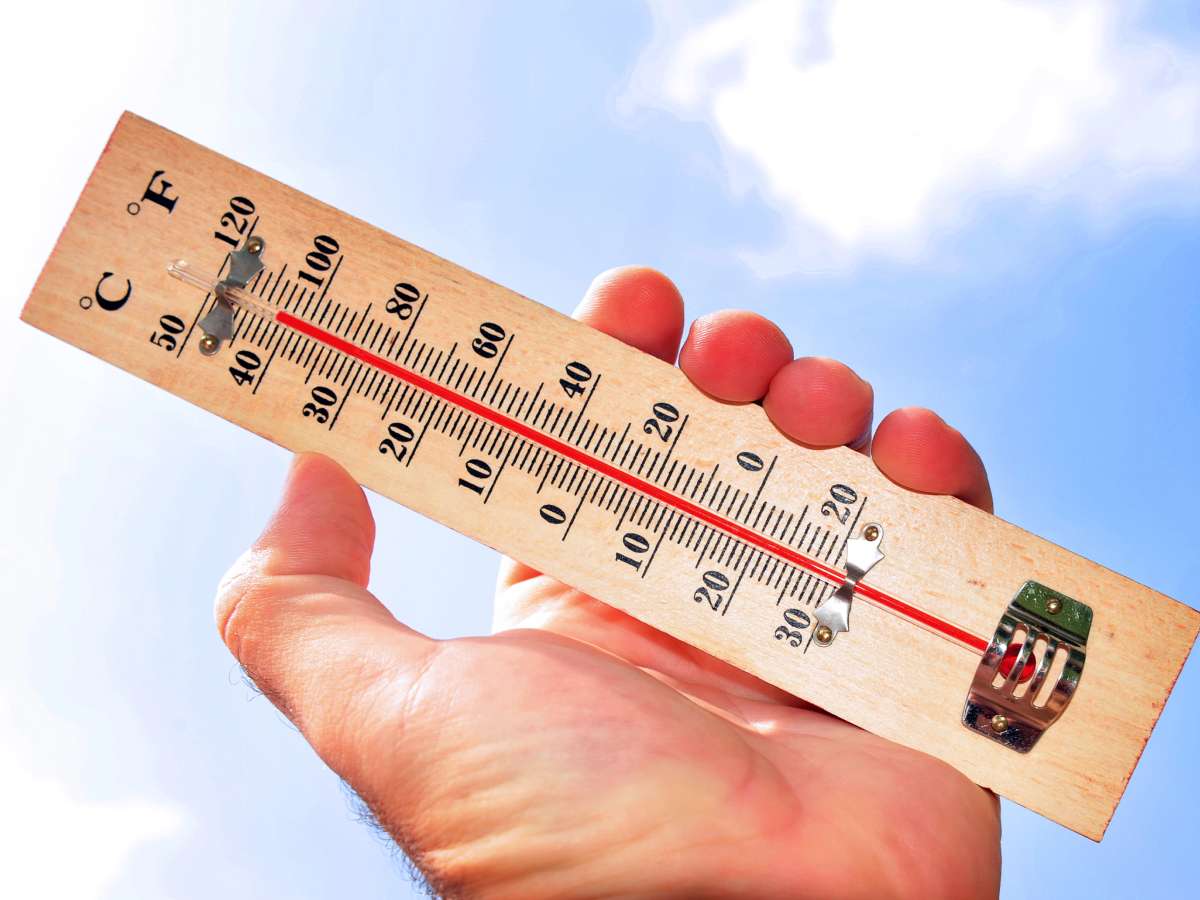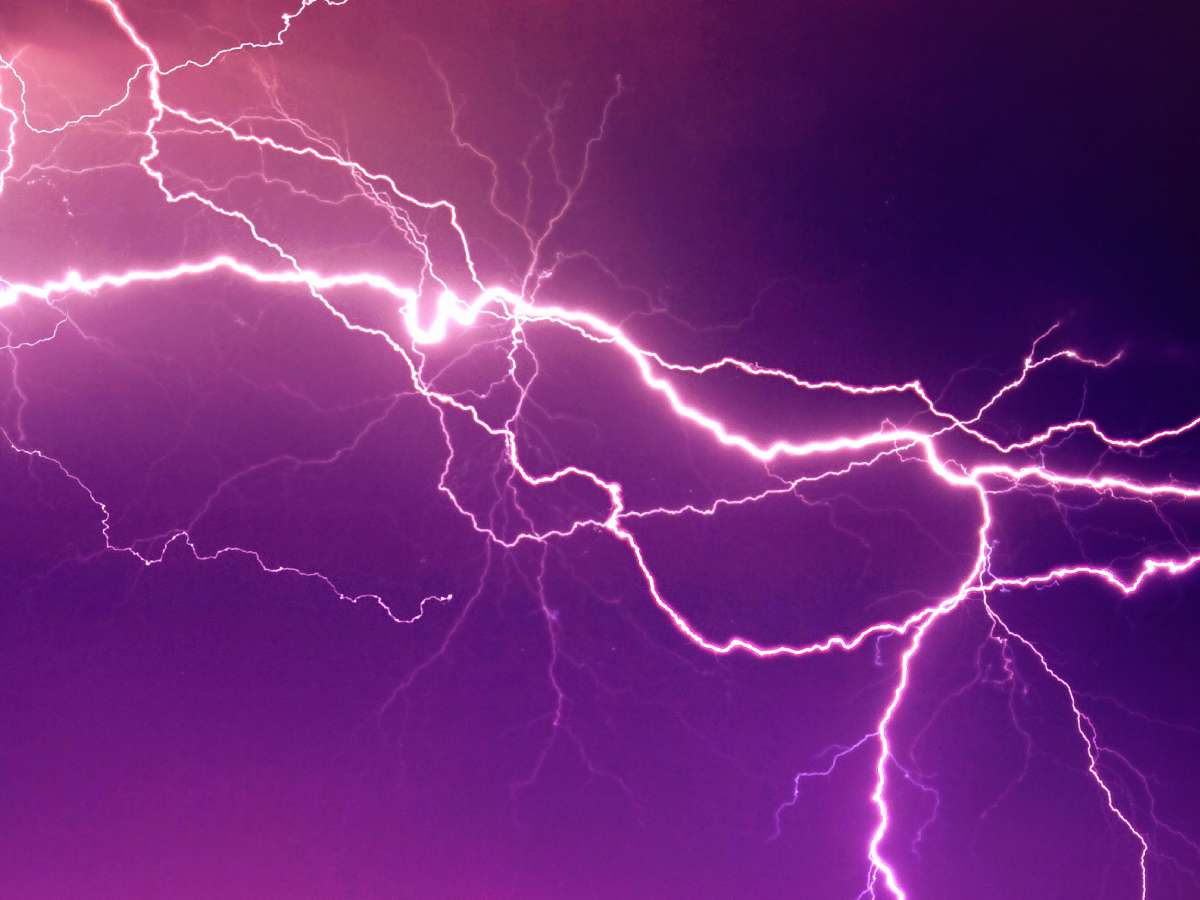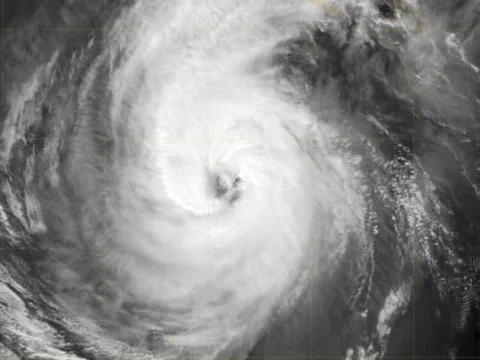
Hurricanes are major storms with sustained winds of at least 74 miles per hour (mph) and form over oceans. (For most of us in the United States, hurricane season is June 1 – November 30.)
Hurricane categories are used to estimate potential property damage — on a scale from 1 to 5.
While all hurricanes mean potential harm to people and property, not all hurricanes are of equal strength. Some are relatively weak. Others create damage of catastrophic proportions.
Thankfully, we can usually get an idea as to how much wind damage will likely occur and how many people to evacuate before a hurricane actually makes landfall.
One of the best ways to assess a hurricane’s strength and potential damage is to use the Saffir-Simpson Hurricane Scale — which makes preparing for a hurricane and evacuating from a hurricane more efficient.
Here’s some fascinating information about the Saffir-Simpson Hurricane Scale, how it works, and the types of damage that can result from each of the 5 hurricane categories…
The Saffir-Simpson Hurricane Scale Explained
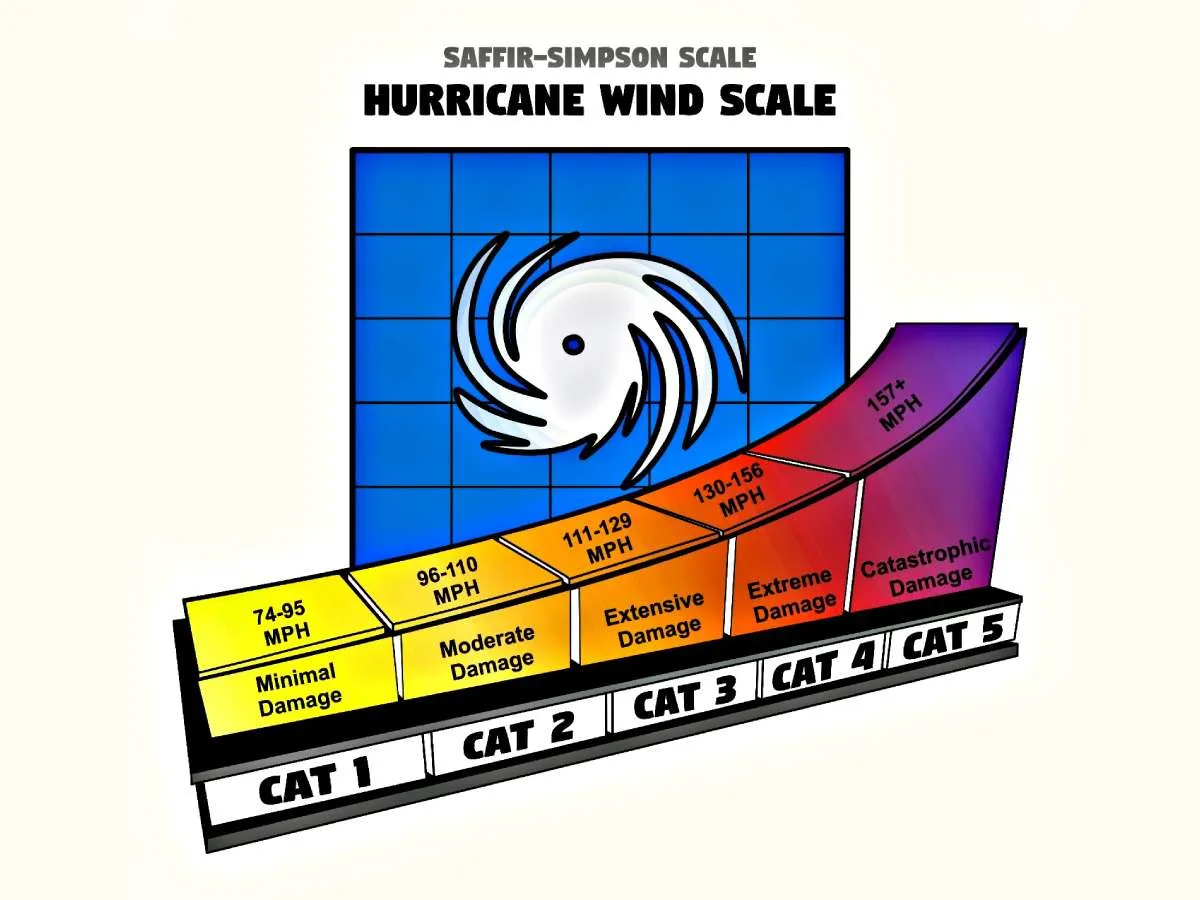
The Saffir-Simpson Hurricane Scale is named for Herbert Saffir (a noted civil engineer) and Dr. Robert Simpson (a former director of the National Hurricane Center).
This hurricane scale has been in wide use since the early 1970s.
Until 2008, the Saffir-Simpson scale factored in such things as storm surge and central pressure.
Today, the Saffir-Simpson scale attempts to categorize primarily wind speeds and is now being called the “experimental” Saffir-Simpson Hurricane Wind Scale.
Wind speeds are measured from a height of 33 feet. The National Weather Service takes the average sustained wind speed over the duration of 1 minute.
Hurricane Categories Explained + The Type Of Damage To Prepare For
There are 5 categories of wind strength according to the Saffir-Simpson Hurricane Scale.
While there are several precise types of “damage” thresholds for each wind speed category, for simplicity’s sake, we will look at the more broad-based kinds of damage expected for each category of hurricane:
Category 1 Hurricane Damage Expected
Hurricanes with sustained wind speeds of 74 mph to 95 mph are classified as Category 1 strength. These hurricanes can cause damage to unanchored mobile homes and signs. Loose outdoor objects (like lawn furniture) can become projectiles and make matters worse — because flying debris can break windows and strike people and cars. Trees can also be severely damaged by Category 1 hurricane winds, with large branches breaking and some trees being completely uprooted. Power outages may result.
Category 2 Hurricane Damage Expected
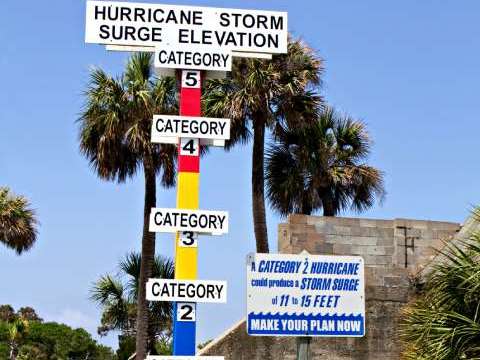
Category 2 hurricanes have winds of 96 mph to 110 mph. A major problem is the fact that winds are strong enough to break power poles — which can, in turn, create blackouts. Category 2 hurricane winds can also cause damage to residential roofs, windows, and doors. Even windows in big buildings like skyscrapers can be damaged and broken. Power outages are common.
Category 3 Hurricane Damage Expected
Any hurricane of Category 3 strength or higher is considered a “major” hurricane. This level of hurricane has winds of 111 mph to 129 mph. Along with the type of damage noted above, also comes the destruction of some buildings — particularly unanchored or older mobile homes. Other small buildings (like sheds and detached garages) can also be damaged and destroyed by Category 3 hurricane winds. Blackouts may cover large areas.
Category 4 Hurricane Damage Expected
Category 4 hurricanes are very strong, with winds of 130 mph to 156 mph. Many types of buildings — including houses, mobile homes, and stores — can suffer extreme damage and even destruction. Signs are also destroyed. Trees are snapped and uprooted. Blackouts will be long and widespread.
Category 5 Hurricane Damage Expected
A Category 5 hurricane packs winds at 157 mph or greater. These hurricanes cause absolute devastation. Most buildings in the path of the eye of a landfalling Category 5 hurricane are damaged or destroyed. Trees are blown over. Signs are destroyed. Power lines are knocked over. Some towns hit by these strong hurricanes take years to recover — as was the case with Homestead, Florida which suffered catastrophic devastation after Hurricane Andrew hit in 1992.
Was Hurricane Katrina A Category 5 Hurricane?
Many people look at the catastrophic damage done to New Orleans and the surrounding Gulf Coast during Hurricane Katrina in 2005 and assume the storm had to be a Category 5 hurricane.
They’re right… and wrong.
Hurricane Katrina was a Category 5 hurricane briefly during its path over the Gulf of Mexico.
However, the storm had actually begun weakening right before it hit the New Orleans area, with winds topping out during landfall at Category 3 — still very strong, but not strong enough to qualify as Category 5.
What About Category 6 Hurricanes?
While you may have heard some in the media refer to Category 6 hurricanes (for example, with Hurricane Wilma in 2005 and Hurricane Irma in 2017), there is NO official Category 6 hurricane ranking right now.
The Saffir-Simpson Hurricane Wind Scale (which measures hurricane-force winds on a scale ranging from 1 through 5) only goes to 5.
So no… there is NO Category 6 hurricane — nor are there currently any plans to modify the hurricane wind scale to include a Category 6 hurricane ranking.
However, some scientists have proposed the idea of adding a sixth category to the hurricane scale stating that a few, rare hurricanes have had winds high enough to warrant their own, new, stronger hurricane wind-speed category.
Should Category 6 ever become an official classification on a hurricane wind scale, it would likely include hurricanes with winds of 175 mph to 180 mph… and greater.
Like this post? Save it to read again later… or share with others on Pinterest!
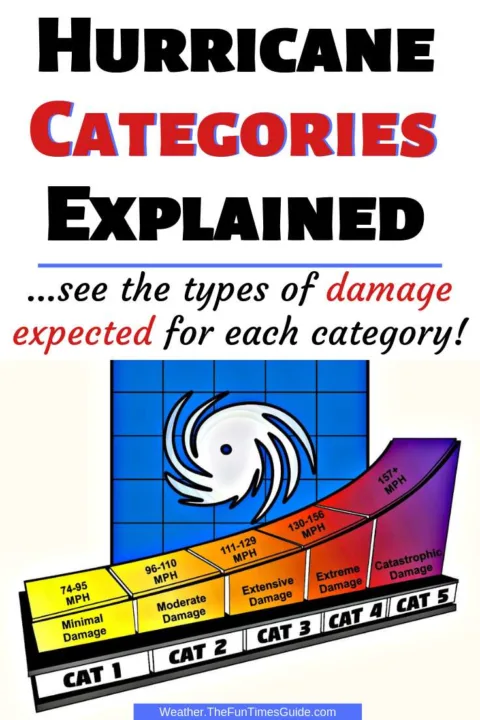
I'm a weather geek from Florida who's been studying meteorology and watching weather patterns for years! I enjoy sharing little-known facts and fun stuff about the weather. I especially like sharing interesting details about weather events and conditions that can affect you… and how to prepare for Mother Nature's ever-changing weather patterns.


